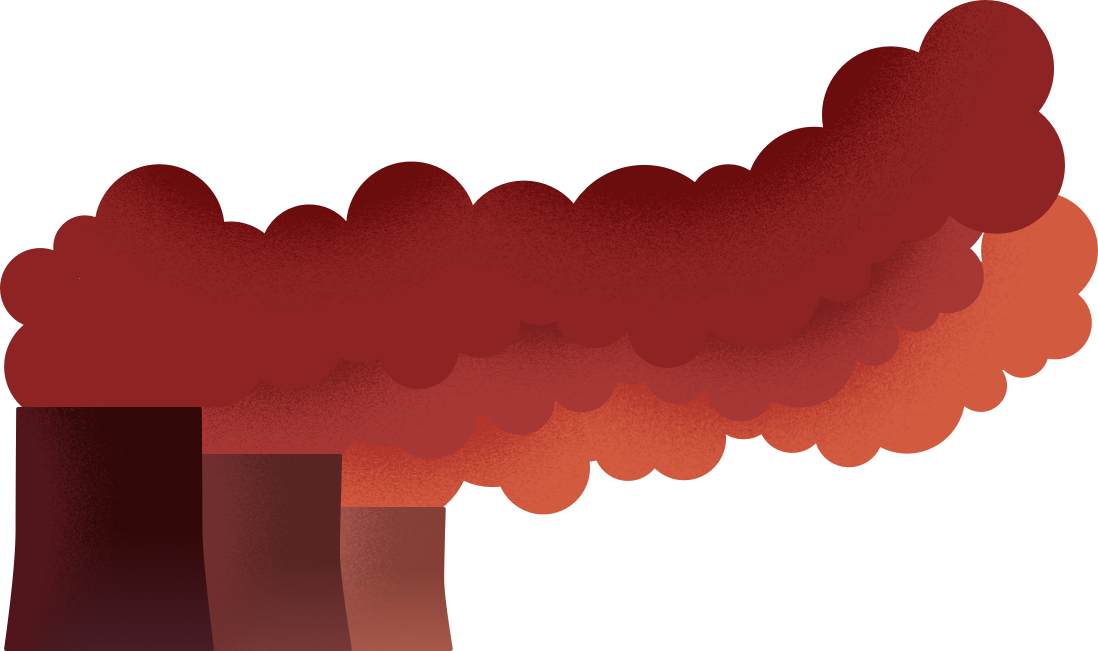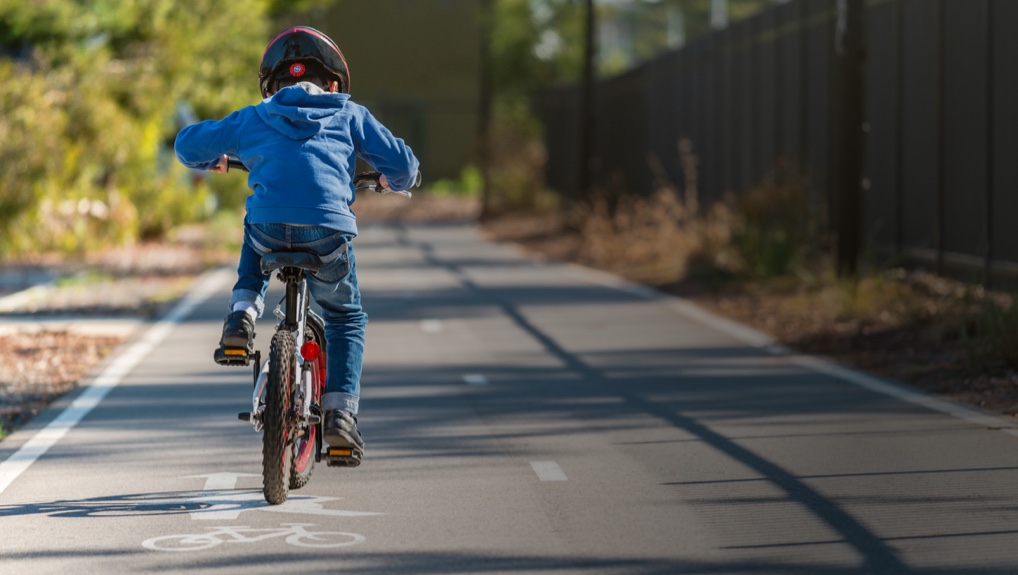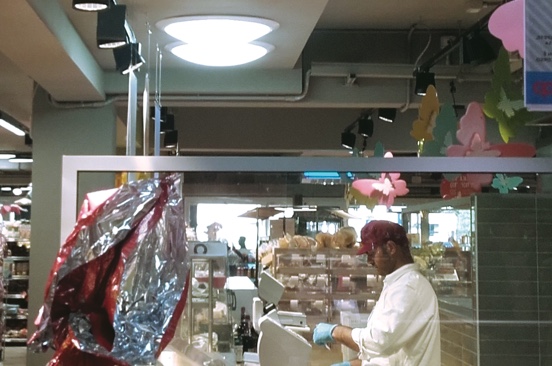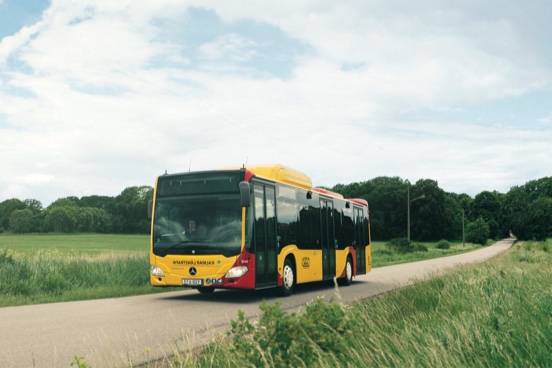Solutions
Climate and energy
There is a lot we can – and must – do to make our world less energy-consuming and more climate-friendly.
Cuts needed!
We need to find solutions that help us cut greenhouse gas emissions. As well as being good for the planet, it is also good for our health (less pollution), the security of our energy supplies and the economy, as it creates new jobs.
Renewable energy
One way to cut greenhouse gas emissions is by using more renewable energy, such as wind and solar power. These provide endless supplies of energy, unlike fossil fuels which will run out one day. And unlike burning fossil fuels in power stations, generating electricity from renewables produces little to no greenhouse gases.
The EU is a world leader in renewable energy technologies, and many EU countries are already generating a lot of their electricity from renewables.
Getting more of our energy from renewable sources not only cuts emissions but also means spending less on coal, oil and gas imports from outside the EU. In 2018, nearly 19% of the EU’s energy came from renewables.
The plan is to raise this to 20% by 2020 and at least 32% by 2030.
Less is more!
EU countries are working hard to cut greenhouse gas emissions, to help the EU meet its overall reduction targets: -20% by 2020 and at least -40% by 2030 compared to 1990. By 2050, the EU aims to become climate-neutral, by cutting emissions and increasing the removals of greenhouse gases from the atmosphere to reach net-zero emissions.
Hot spot
Geothermal energy is hot stuff!
Some countries can use energy stored below the Earth’s surface to warm pipes that heat homes and water, or to drive a generator to produce electricity.
Many spas in Hungary use geothermal energy to heat water for leisure activities, and the EU is supporting innovative geothermal power projects there, too.
Reduce subsidies to fossil fuels
There is considerable public financial support for the production and use of fossil fuels, which receive almost twice as many subsidies as renewables. Renewable energy would be even more competitive if fossil fuels received less support.


Solar cycle path
In 2014, an unusual cycle path was built in the Netherlands: one that generates solar power. The 72-metre path in Krommenie, near Amsterdam, has built-in solar cells that convert sunlight into electricity.
In the first year, more than 300 000 cyclists rode along this trial cycle path, which generated enough electricity to power three homes for a year!
New ideas on the horizon
Finding sustainable solutions to tackle climate change requires new scientific research and discoveries.
Horizon 2020, the EU’s biggest ever research and innovation programme, has nearly EUR 80 billion of funding available between 2014 and 2020 to help researchers and innovators develop ideas that could be applied in the real world.
A large chunk of the funds (at least 35%) will be spent on climate-related projects.
The EU is also supporting the development of innovative low-carbon power plants.

Sustainable shopping
In 2016, the city of Modena in Italy teamed up with environmental technology consultants to renovate a large supermarket, under an EU- funded project to modernise the area and make it more environmentally sustainable.
Thanks to innovative solutions such as solar tubes that channel direct (free!) sunlight into the supermarket, the building now uses much less energy and has lower operating costs.

100% renewable energy by 2030?
In Sweden's Kalmar county, local authorities and energy companies are working together to try to make the area totally fossil fuel-free by 2030.
Doing this will also ensure sustainable development and create jobs. Actions include buses that run on 100% renewable energy, car- sharing initiatives (some already using electric cars), producing fuel from food waste and getting energy from solar and wind farms.

